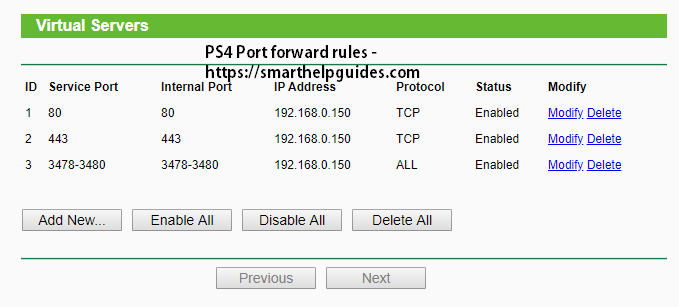
Ultimately, an Open/Type 1 NAT will provide the best connection quality. For example, Moderate/Type 2 NATs can only connect with gaming consoles or PCs using Moderate/Type 2 or Open/Type 1 NAT, and Strict/Type 3 NATs can only connect with gaming consoles or PCs using Open/Type 1 NAT. Moderate/Type 2 and Strict/Type 3 NAT types limit the connections your gaming console or PC can make to other gaming consoles or PCs. There are three main NAT types depending on your platform: Open, Moderate, and Strict on Microsoft or PC, and Type 1, Type 2, and Type 3 on Sony. The router then manages a set of IP addresses for all devices on your home network. Instead of your ISP (Internet Service Provider) assigning an IP address to every device that connects to the Internet, NAT allows your ISP to assign a single IP address to your router.

NAT (Network Address Translation) is a networking concept that allows your router to share a single IP (Internet Protocol) address across multiple devices on your network. Port forwarding can improve connection speed, lobby wait times, and overall gameplay, particularly for a host. Port forwarding – or creating a port forward – is a common process in gaming that makes your gaming console or PC more accessible to other gaming consoles or PCs on the Internet. See more about ports used for Call of Duty games. Ports are simply virtual pipelines that allow computers and devices to communicate and send information back and forth on the Internet. What are ports, and what is port forwarding?

This guide explains the basics of port forwarding first party ports and information on NAT types and provides troubleshooting to help improve your connection. If you are experiencing connectivity issues, it may have been suggested that you forward or open ports, set port forwarding, or change your NAT type.


 0 kommentar(er)
0 kommentar(er)
